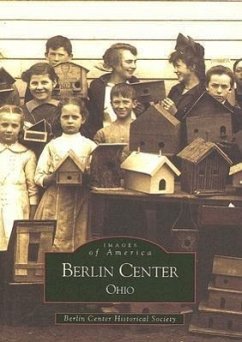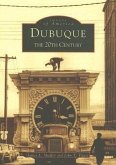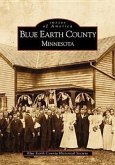So named as a tribute to the first settlers' native Germany, Berlin Center carries forward a long-held tradition of Ohio farming and artisanship. From its origins as a wooded river region occupied by American Indians, to its eventual development as an agricultural and milling area, Berlin Center has always preserved a commitment to rural living and civic pride. Situated at the crossroads of State Routes 224 and 534, Berlin Center owes a great debt to advances in the rail and river industries. This eclectic community played host to Presidents Garfield and McKinley, and suffered devastation by both flood and fire. Through it all, fortitude carried the town forward to the residential and recreational center it is today. A five-member committee of the Berlin Center Historical Society, whose families have called the area home for several generations, offer an authentic glimpse of the region as it has evolved over the course of a century. Join the authors for an intimate portrait of the area's development, from the milling industry that formed the foundation of the township, to the 1938 Flood Control Act that re-routed the flow of the Mahoning River, to the schoolchildren who shaped the community as they grew to adulthood.
Bitte wählen Sie Ihr Anliegen aus.
Rechnungen
Retourenschein anfordern
Bestellstatus
Storno



